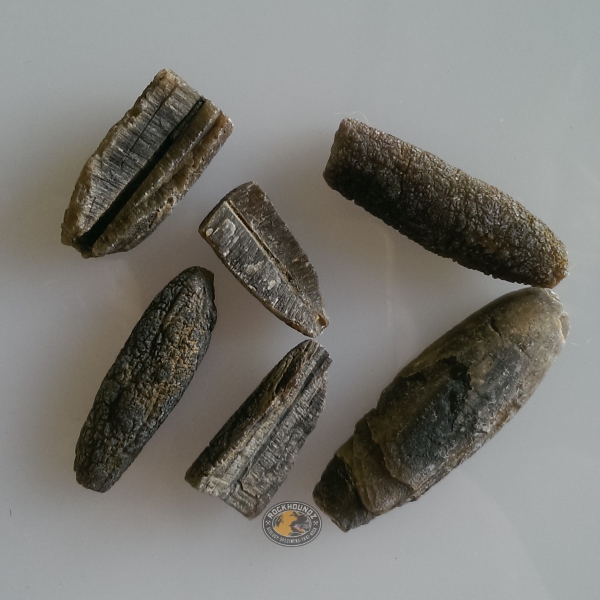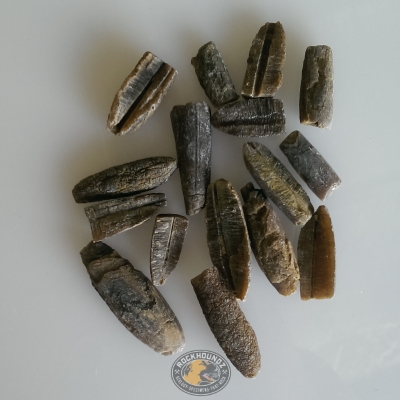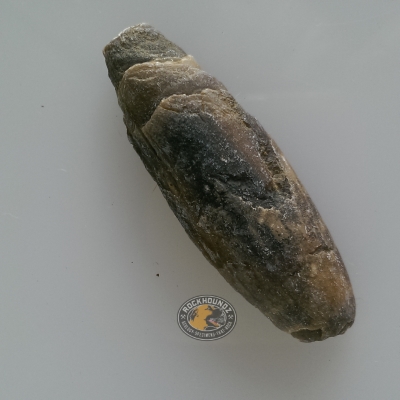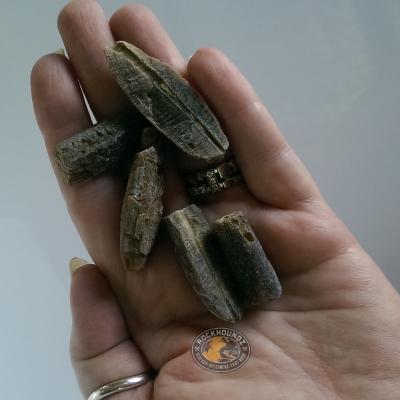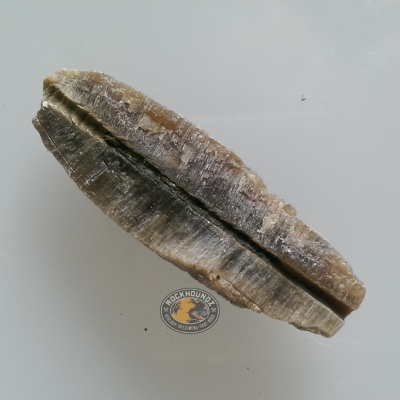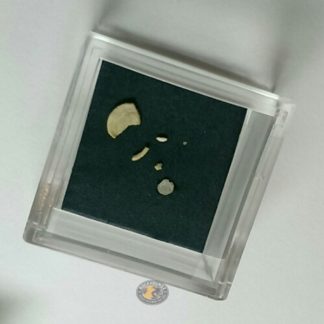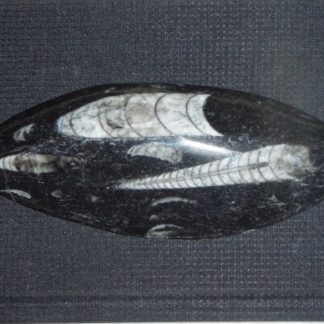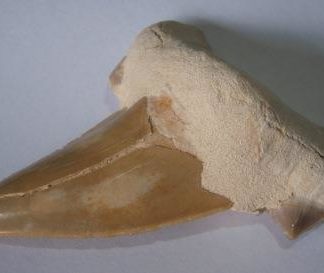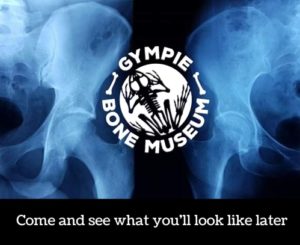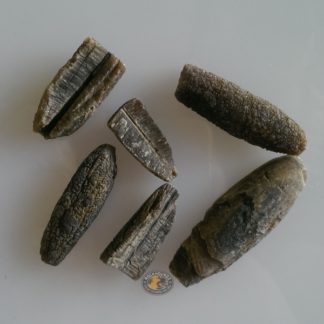Description
Cretaceous belemnite fossil from Queensland is 66 – 145 million years old. Belemnites are extinct marine cephalopods probably most closely related to modern cuttlefish.
The oldest known fossils are Devonian 420MYA. The smallest known fossil is about 1cm long while the largest is 46cm long. The fossil of the belemnite represents the rostrum of the animal which was made of calcite and was located in the tail of the animal for counterbalance. The rostrum represents 1/3 to 1/5 of the total length of the live animal so the size of the belemnite can be calculated.
Belemnites had worldwide distribution and chemical analysis of the fossils can indicate water temperature of the animals habitat. Belemnites were a food source for many marine predators and have been found in the stomach area of more complete fossils or in fossilised vomit of Jurassic icthyosaurs. The ichthyosaurs probably vomited up the indegestible remains of their meal much like modern owls do.
One specimen only included.

